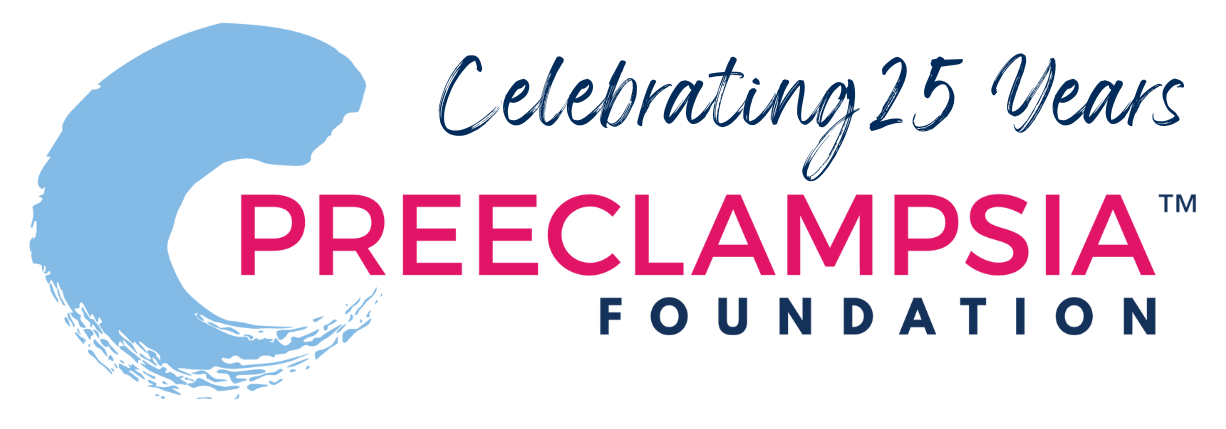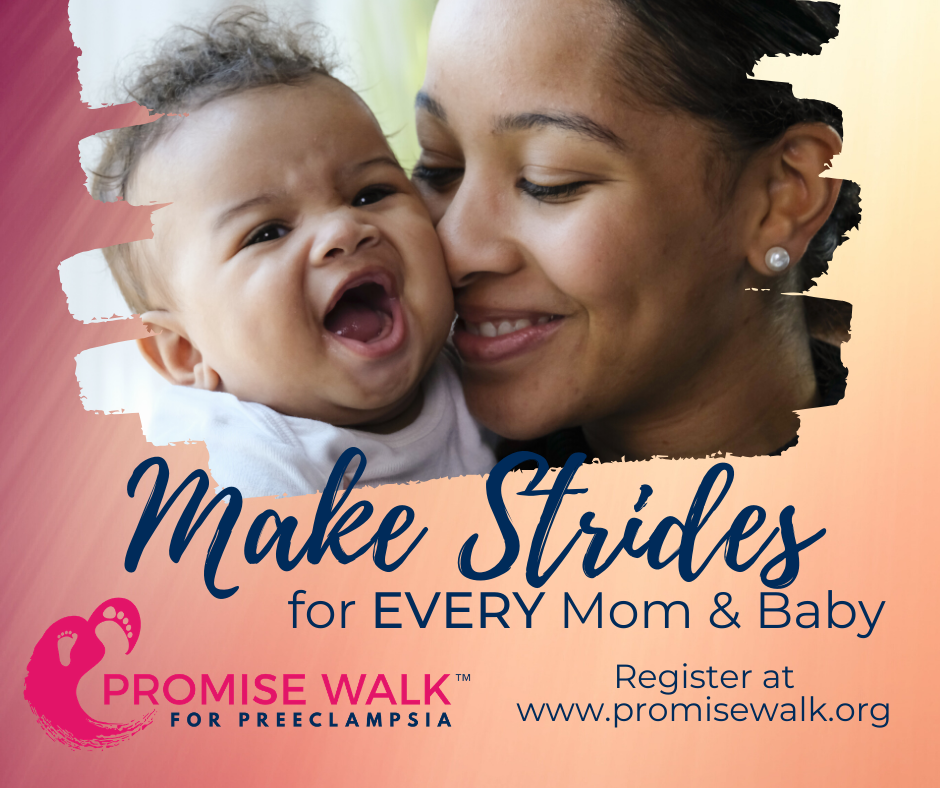
How Common is Late Postpartum Hypertension After Pregnancy-Related High Blood Pressure?
Hypertensive disorders of pregnancy significantly increase your risk of developing long-term heart problems. A careful review of blood pressure elevations during and after pregnancy may assist in identifying patients at risk of heart disease.
Researchers wanted to find out how blood pressure problems during pregnancy relate to the risk of having high blood pressure (hypertension) later on—specifically between 6 weeks and 6 months after giving birth (the "late postpartum" period). The postpartum period is important for spotting and managing risks for heart disease, but less than 75% of new mothers get any follow-up care after delivering. Many only have one check-up at 6 weeks postpartum, and studies often focus on this visit or the time of delivery. They don’t give a clear picture of high blood pressure later, like at the 6-month check-up. Understanding blood pressure in new moms beyond the traditional 6-week visit will help risk-stratify postpartum patients into appropriate heart disease screening and management.
In this study, researchers looked at the medical records of over 31,000 people who gave birth between 2012 and 2023. They tracked their blood pressure readings from early pregnancy until 6 months after delivery. Based on their blood pressure during pregnancy, patients were divided into four groups:
- Normal blood pressure throughout pregnancy
- High blood pressure only before 20 weeks
- High blood pressure only from 20 weeks until delivery
- High blood pressure throughout the entire pregnancy
Then, they looked at each person's blood pressure again during the 6-week to 6-month postpartum window, using 2017 American Heart Association (AHA) and American College of Cardiology (ACC) guidelines to classify blood pressure as:
- Normal (120/80 mm Hg)
- Elevated (120–129/less than 80 mm Hg)
- Stage 1 hypertension (130–139/80–89 mm Hg)
- Stage 2 hypertension (140/90 mm Hg or higher)
The researchers found that patients with hypertensive disorders of pregnancy are at the highest risk of developing high blood pressure after delivery and are much more likely to have stage 2 hypertension (over 23 times more likely than those with normal blood pressure in pregnancy). Almost 40% had elevated blood pressure or hypertension in the late postpartum period. Review of specific blood pressures in pregnancy may be a valuable screening tool in identifying patients at risk of hypertension late postpartum.
Take home message: This study shows that checking blood pressure patterns during pregnancy can help identify who is most at risk for serious blood pressure issues later on and the late postpartum period provides a critical period for potential intervention and prevention of future cardiovascular disease. Patients may benefit from closer monitoring after childbirth to prevent long-term health problems. Self-measured blood pressure programs like The Cuff Kit© may offer a solution. It is important to attend your follow up visits, talk to your doctor about your medical history, and create a long-term plan for monitoring blood pressure in the future. For a free tool to take to your appointments, visit preeclampsia.org/beyondpregnancy.
Citation: Sinnott et al. Prevalence of Hypertension in the Late Postpartum Period by Hypertensive Status in Pregnancy. O&G Open 2(3):p e093, June 2025. http://dx.doi.org/10.1097/og9.0000000000000093
About Research Roundup
Each quarter, our team of science writers reviews the most current research studies related to hypertensive disorders of pregnancy and summarizes those studies of greatest interest and potential impact to our community, including research studies related to risk assessment, diagnosis, prevention, and treatment. Special thanks to our volunteer research team including Dr. Sig-Linda Jacobson, Dr. Jennifer Mitchell, Dr. Julie Reynolds, Amanda Yang, and Simren Gupta who make Research Roundup possible, and to our Patient Advisory Council, who reviews these materials from the patient perspective.
Related Articles

Your story is needed to improve outcomes for moms like you. Add your voice to critical preeclampsia research to ensure that every story is heard.

Frequently asked questions about the Preeclampsia Registry, a patient-driven registry and biobank.

The Preeclampsia Foundation offers research funding, study recruitment, and other patient engagement services to researchers.

We provide research grant funding to advance progress towards detection, prevention, or treatment of preeclampsia, HELLP syndrome, and other hypertensive disorders of pregnancy.

Hypertensive disorders of pregnancy (HDP) can affect different groups of women in different ways, and even though we know this happening, we don't fully understand why. There are many factors, like bi...

There is growing evidence that studies examining pregnancy and its complications need to start early within the pregnancy to fully understand the nature of preeclampsia. Key gestational milestones, wh...

It is known that chronic hypertension and high BMI (body mass index) are risk factors for hypertensive disorders of pregnancy (HDP). Studies documenting this risk have usually assessed blood pre...

Several biomarker tests are under development to predict or diagnose preeclampsia. While none of these tests are yet widely accepted in U.S. clinical practice, two FDA-approved tests are available in...

Shattered Expectations: What happens after the unexpected? You may have received the unexpected news that you have preeclampsia or another hypertensive disorder of pregnancy. Maybe labor complic...



